Fujifilm. The name alone sparks feelings of adoration for some and rage from others. What about you? Does it make you think of Velvia? The X-series digital cameras? Maybe it makes you mourn the loss of your beloved Natura 1600 high speed color film, or 400H, or Velvia 100…, or, if you are like me, maybe you shed a tear at the mere mention of the deathblow they delivered to the pack film community: fp-3000b anyone? Maybe the name Fujifilm makes you think of nothing at all. That is fine, too. But the purpose of this article is to set our sights on a camera that has yet to be reviewed on this lovely site: the Fujifilm GF670.
Fujifilm already had built some of its reputation for making some pretty top notch, although “plasticky”, medium format rangefinder cameras. Take a look at the GW690III, appropriately dubbed “Texas Leica, or another folder, the GS645.
Nomenclature and Background
This camera has two names and three varieties. The Fujifilm GF670 most commonly was made in silver while a gorgeous all black was made for the Japanese market. The Voigtlander Bessa III 667 was the black version made for everywhere besides that. Voigtlander bodies turn up a bit more in Europe, although I’m not 100% certain that the silver Fujifilm bodies weren’t sold there as well. There is also a wide-angle sibling: the GF670W, which looks just like the GF670 but in lieu of the folding bellows, you have a bolted on wide-angle 55mm lens (~28mm in 35mm format)
The Fujifilm GF670 was announced and released during a turbulent time of change for the photo industry. 2008 and early 2009 saw the arrival or announcement of some heavy hitters in the digital realm: the Canon 5d mkII, Nikon D90 and the Sony Alpha 900 (24.1 mp GASP!) to name a few. Oh yeah, and a small company out of Cupertino had released their 3rd iphone around this time, too. All of these could be factors as to the 2014 end of GF670 production. Either way that 5-6 year production run is what we have to deal with. Remember in the distant times of 2017 when B&H announced they had unearthed a trove of Fujifilm GF670 cameras? I barely do either, in fact, I’m not even sure 2017 even happened. I can assure you they got snapped up. So now it’s secondary market or nothing for these beauties.
All of that aside, this was not a time when camera manufacturers were thinking that it seemed like a good time to release a bellows-based, medium-format film, fixed-lens rangefinder!! But Fuji, with the help of Cosina, forged ahead unfettered. Do keep in mind that the X100 was released in September of 2010, so Fuji had a lot of different irons in the fire as it was.
The result of this off-trend decision is worth every bit of time and effort those two camera giants could muster in those inopportune times.
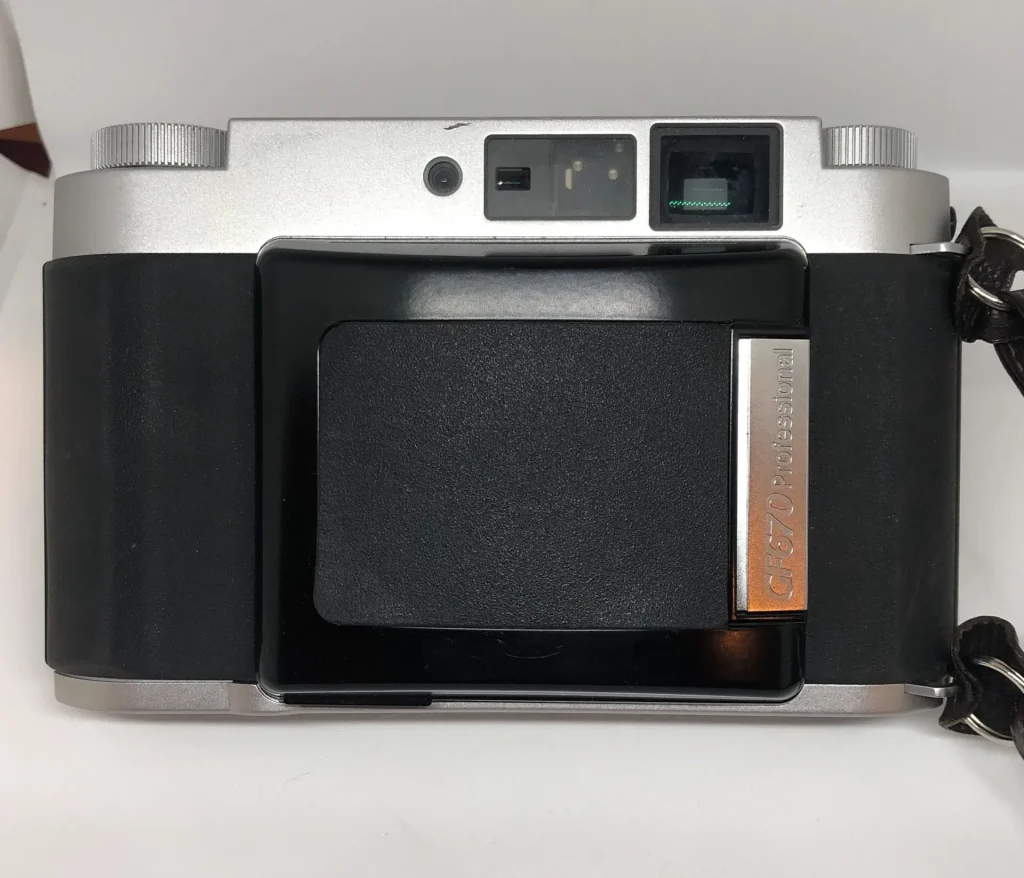
Choosing from the Three
The internet largely leads us to believe that from the last 40 odd years, there are only two contenders for the medium format rangefinder crown: the Plaubel Makina and it’s variations as well as the Mamiya 7 line (the Mamiya 6 should be in the convo, but is oft forgotten in lieu of its upgraded sibling, so I’ll do the same).
I’ve had the opportunity to put a few rolls of film through two different Mamiya 7 cameras, and it is quite a wonderful camera, a bit plasticky, and I love the interchangeable lens options but it was just a bit larger than what I was looking for. So I had it narrowed down to the Makina and the GF670, so how did I choose?
I must disclose, I have not* shot a Plaubel Makina, nor held one, so it is at the top of my G.A.S. list, but the current price is a bit out of reach but when I started my personal research they were actually much closer in price. It became a two horse race for me, pitting the Makina vs the Fujifilm GF670 mainly due to the folding body. Size matters.
(*If you have ever wondered about what images can look like from the Makina, I highly recommend the book Written in the West by the fantastic Wim Wenders.)
Makina vs the Fujifilm GF670
Like any good child of the internet, I read every single thing I could about either of these cameras. Based on that I came to several conclusions which influenced my purchase of the Fujifilm GF670 despite it not being the apparent choice of other voices on the internet.
Fujifilm GF670 – Positives vs the Plaubel
- Age is a major factor. Every Fujifilm GF670 is around 20-30 years younger than every Plaubel Makina. Production of the GF670 was 2009-2014 vs 1979-1987 for the Makina.
- Younger camera normally means easier to find batteries (see first drawback below) The GF670 uses Li-Ion CR-2 and the Makina takes two LR44/S76/EPX76 batteries.
- While researching both cameras you will find differing opinions on fragility, but I read enough regarding the film-advance lever of the Makina that it made me ignore complaints about the clunkiness of the wind-on method employed in the Fujifilm GF670.
Fujifilm GF670 – Negatives vs the Plaubel
- The Fujifilm GF670 is 100% reliant on battery. No battery, no pictures. The Makina only uses the battery for the meter only. This was the one thing that almost pushed me towards the Makina.
- Slightly slower lens.
- Film advance. I would guess most people find the advance lever of the Makina more appealing than the wind on mechanism of the GF670. The wind on does take a little bit longer, but with 10-12 shots (unless you have a stash of 220) per roll few photographers would be shooting either of these cameras with a high FPS in mind.
Fuji GF670 + Plaubel Makina commonalities
- Foldable medium format metered rangefinder
- Out of this world optics
- Cult Following
- Difficult to repair
- High Prices
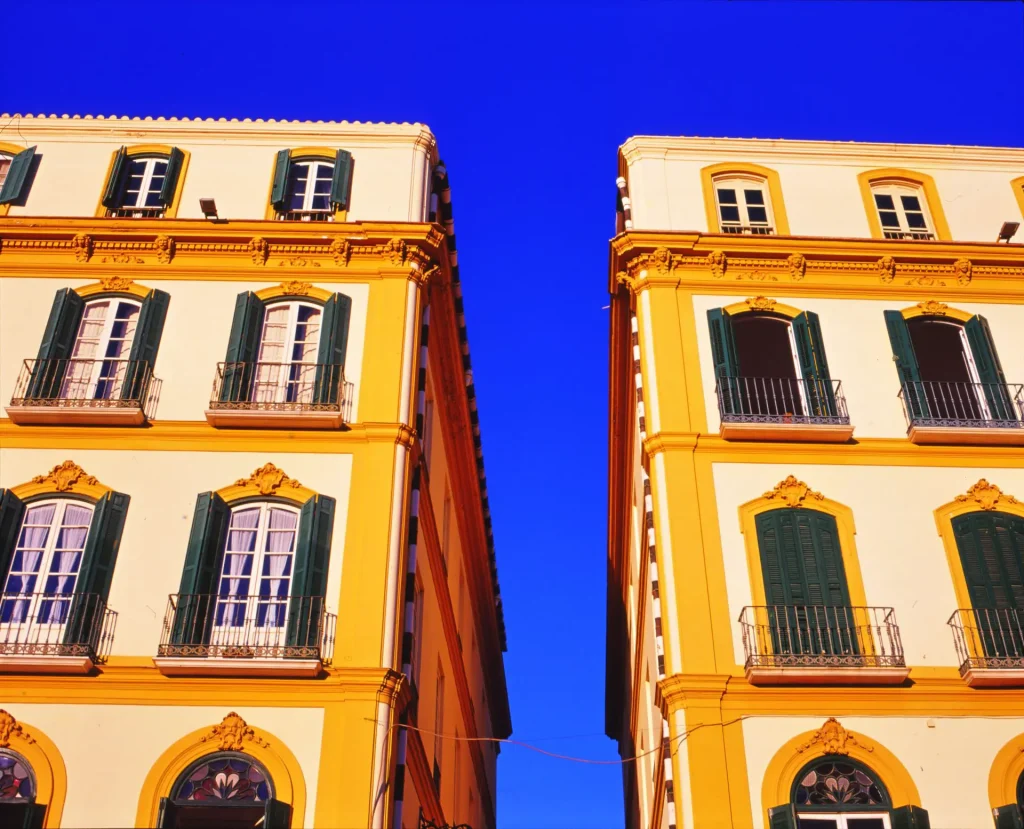
Price
As is the current trend, Fujifilm GF670 prices are rising. You can hem and haw all you want, but ebay completed listing prices are still my go to to show what people are paying, and the average cost of the GF670 has gone up about 40% since I got mine 4 years ago. Expectedly, the Plaubel Makina has gone up quite a bit as well. If I were to mention a price at this point, the article would be dated within a month.
Design
The Fujifilm GF670 camera seemingly occupies different eras without compromising its individuality. On the one hand it looks like a sleek modern rangefinder, especially when closed. Then you open it up, and the bellows will make the uninitiated think that this camera is from decades long before its actual production date. The lack of anything shiny or gimmicky also makes this camera stick out from other cameras that were released around the same time as this. The wind-on method for film seems the most out of place on the camera, technologically speaking, but given the diminishing usability of motor driven cameras, this could be a blessing in disguise. I like to think the designers believed the same thing.
Size/Weight
The Fujifilm GF670 weighs in at a 1 kg (2.2 lbs). (weight reference: Plaubel Makina 1.4 kg. Mamiya rb67 with 120 back and standard lens weighs around 2.5 kg. Leica M4 with collapsible summicron is 750 g) Whilst folded and not in use I can sling it over a shoulder and wear a coat over it. I have one coat with pockets it can fit in, but it is still too clunky to do so.
The camera does lose its balance when the lens is extended. Set it on a table and it will lean forward just enough to rest on the lens. This is not a big deal. Holding it up to your face is akin to holding about 2 VCR tapes (remember those?) to your face.
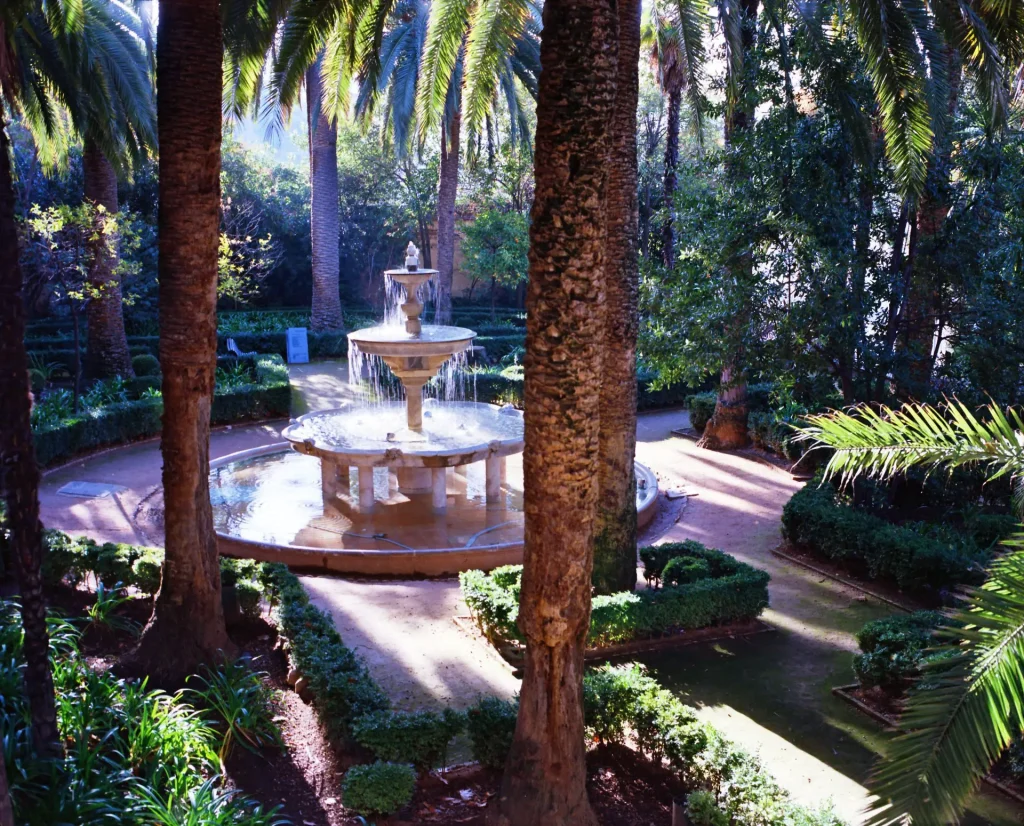
Light Meter
I have never had an issue placing full trust in the meter which operates on a center weighted average and has never let me down while shooting slide film. Sensitivity ranges from ISO25-3200 with exposure compensation available at +- 2 and can be adjusted by ⅓ stops.
The Lens
Phenomenal. I could stop with that. It has a f/3.5 80mm Fujinon EBC lens. The lens design is 6 elements in 4 groups, and ranges from f3.5-22. To be honest, this is a camera that provides results – especially on slide film – that knocks me out still. When I see images from other photographers it further cements this as an all-time great.
35mm equivalent dof/focal length is 40mm f/1.75 when shooting 6×7, 6×6 is equivalent to 44mm. As with most modern designed lenses with a relatively slow aperture, it is tack sharp across the board, handling slide film as well as nice contrasty black and white with ease.
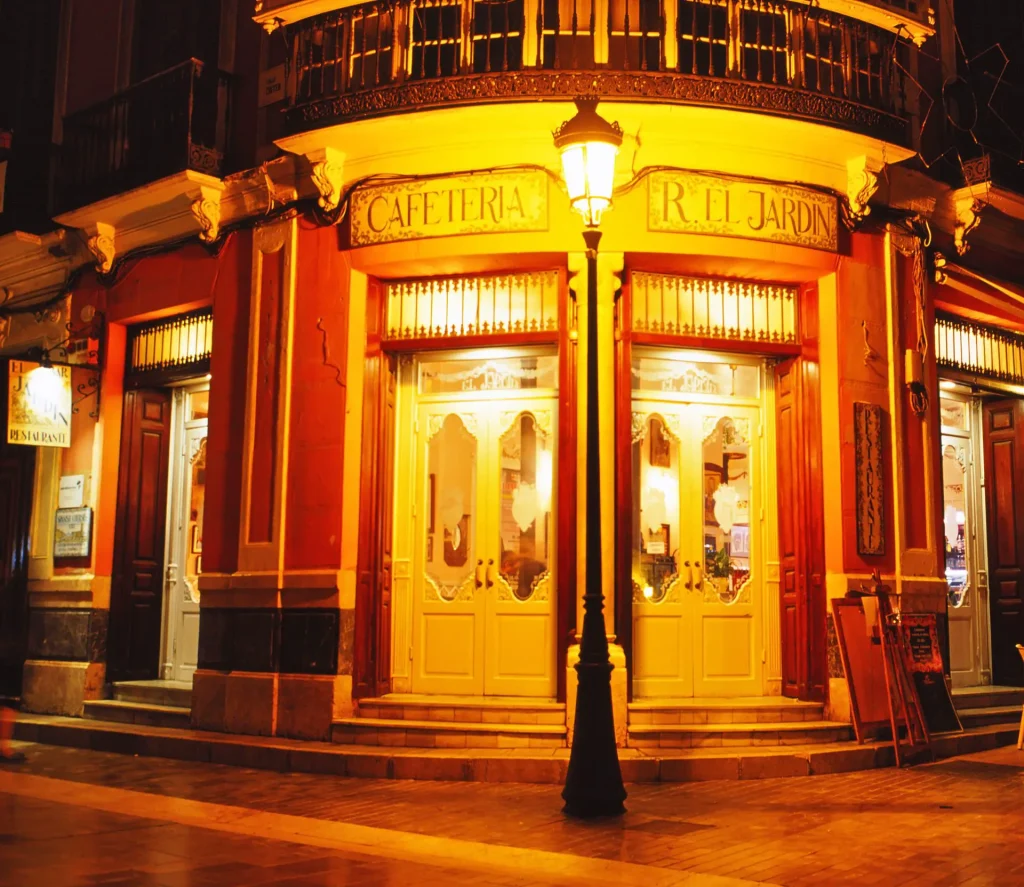
A lot of folks don’t think highly of a max aperture of f/3.5. I, on the other hand, am not bothered by it because I can get that other stop, so to speak, from the leaf shutter. Leaf shutters allow for a steadier shot. I am comfortable hand-holding at ⅛th of a second. With some training and perhaps another reading of Zen in the Art of Archery by Eugen Herrigel maybe I can get that down to ¼ of a second.
If you have only shot focal plane shutters, you’ll be amazed when you shoot with the GF670’s leaf shutter. This one is whisper quiet. I mean that. There have been many times where I had no recognizable sound to confirm that I took a shot, the only way to know in that situation was because I was able to advance the film.
Focusing/Viewfinder
The first time I put the viewfinder to my eye I was amazed at how bright it is. Seems to add light to the situation. At first look there is a ton of space outside of the frame lines, especially in 6×6. The frame lines float in the center of the finder and your eyes can look around the scene, waiting for the perfect composition to enter the framelines. With the parallax adjustment the frame lines seem to float across the viewfinder in a smooth manner even when fast focusing.
The focus tab position was the biggest adjustment for me, and everytime I use the camera I still find my finger searching a bit for the tab, but once you get used to the somewhat distant position from your face, focusing is fast and snappy. The total focus throw is quite short. Starts at about 11 o’clock and down to 6:30. Close focus is .9m which allows for portraits from torso on up.
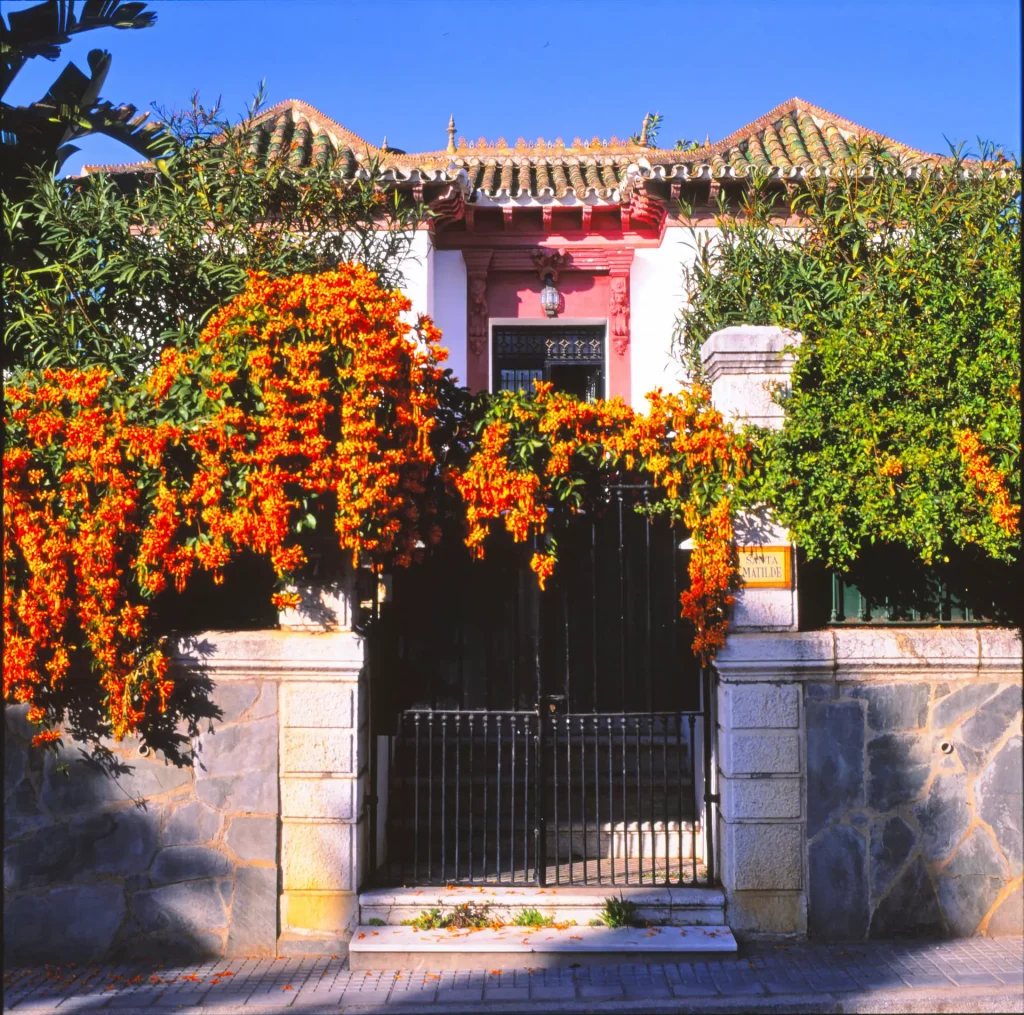
Final Thoughts
Once you get used to the focus methods, this camera is a breeze. It is so quiet, so quick to focus, and so easy to see all the controls that it takes a lot of the pressure off the photographer by being able to fully trust the camera. I’ve traveled overseas with this camera as my main shooter, and it never let me down. The leaf shutter and the ridiculously slow handheld shutter speeds one can use allow for a wide spectrum of usable situations. I was able to go from a dark bar to bright sun and still get my shots. The camera has a small, but useful contour grip built into the winding side of the camera, so single handed film advancing is a breeze.
The Fujifilm GF670 is a camera with few bells and whistles but everything in it is well thought out and easy to use.
What I Love about the Fujifilm GF670
- World class optics
- Small size medium format
- 6×6 + 6×7
What I Dislike about the Fujifilm GF670
- Unsure of repairability
- Full battery reliance
- That they aren’t making these anymore
The photos I have included were some photos from 2018 when I took the Fujifilm GF670 as my main camera to Malaga and Granada in southern Spain.
You can see more of my film work on IG: @stevekars
Share this post:









Comments
Salvatore Da Cha’ on Fujifilm GF670 Review – My Medium Format Rangefinder Of Choice – By Steve Kars
Comment posted: 06/09/2021
Jack Carbone on Fujifilm GF670 Review – My Medium Format Rangefinder Of Choice – By Steve Kars
Comment posted: 06/09/2021
D Evan Bedford on Fujifilm GF670 Review – My Medium Format Rangefinder Of Choice – By Steve Kars
Comment posted: 06/09/2021
Bud Sisti on Fujifilm GF670 Review – My Medium Format Rangefinder Of Choice – By Steve Kars
Comment posted: 06/09/2021
Nevertheless, congrats on your purchase! Use it well, and enjoy!
davesurrey on Fujifilm GF670 Review – My Medium Format Rangefinder Of Choice – By Steve Kars
Comment posted: 07/09/2021
I would love to own either a GF670 or the Voigtlander Bessa III version, although in the UK that one seems to be even more expensive.
But I really can't justify it and so will have to be satisfied with my Bessa II on which I believe the 670 was based. Yes it's 6x9 but it still is a beautiful camera to use and I've got several 6x7 if I really "need" to shoot at that ratio.
Arthur Gottschalk on Fujifilm GF670 Review – My Medium Format Rangefinder Of Choice – By Steve Kars
Comment posted: 07/09/2021
Rasmus on Fujifilm GF670 Review – My Medium Format Rangefinder Of Choice – By Steve Kars
Comment posted: 11/09/2021
Recently acquired a fully serviced PM67w - I’m blown away by the images even if I normally shoot longer focal lengths. Incredible organic look that I haven’t gotten anywhere else in medium format (and I’ve owned or still own all of the most desired ones). Such a phenomenal camera to hold and use.
Comment posted: 11/09/2021
Gary on Fujifilm GF670 Review – My Medium Format Rangefinder Of Choice – By Steve Kars
Comment posted: 02/10/2022
Comment posted: 02/10/2022
stevekars on Fujifilm GF670 Review – My Medium Format Rangefinder Of Choice – By Steve Kars
Comment posted: 04/11/2022
I think the shutter speed readouts are small, but not difficult to read, for me at least. This is sort of an antiquated display readout, so that should be kept in mind.
Re: your rangefinder patch...Mine is snappy and clear, but you still need to get the hang of it either way. Have you shot other rangefinder style cameras with a patch?